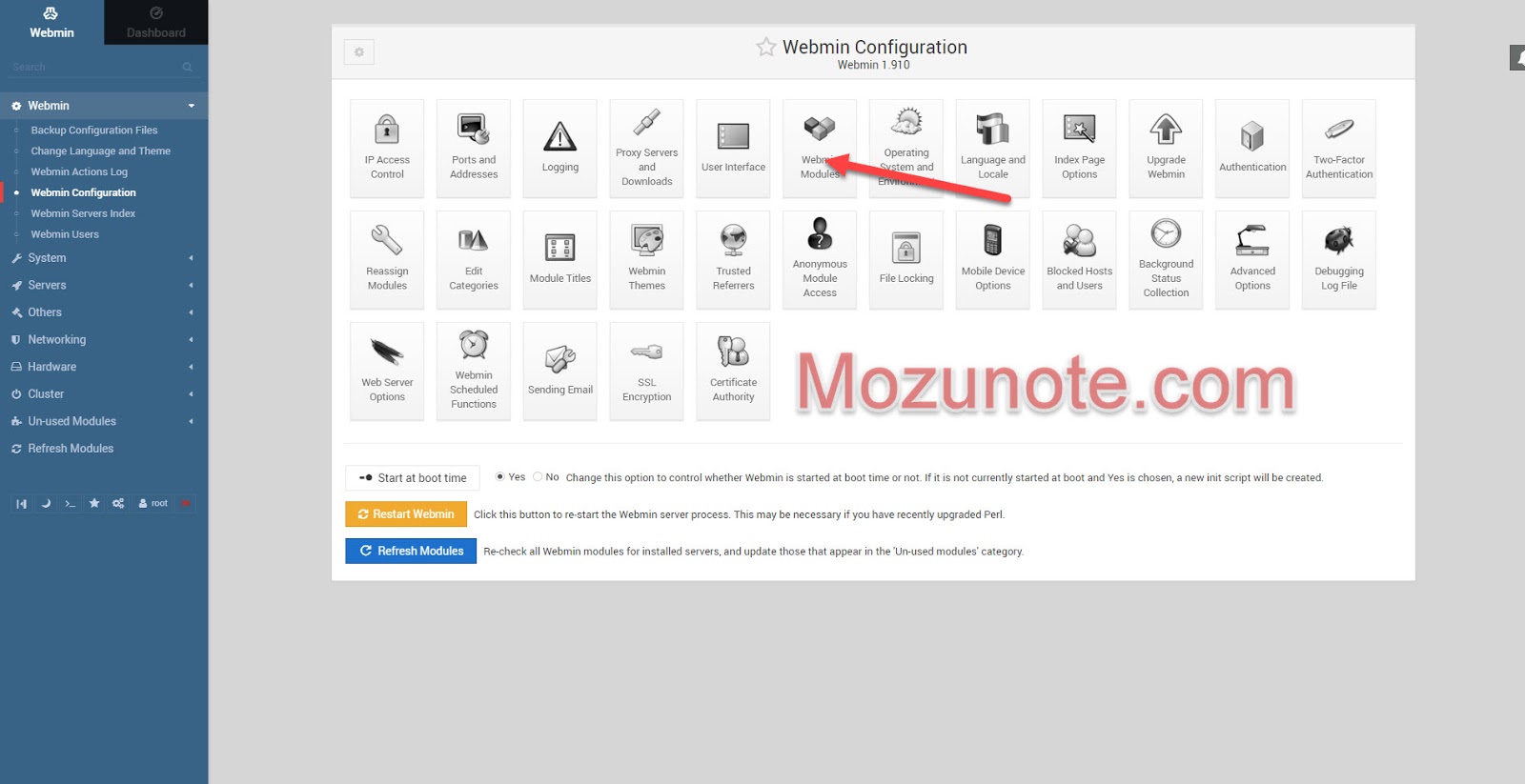

Virtualmin should prevent the installation of scripts that require CGI, mod_perl or Apache-specific features. Nginx does not support CGI, so any applications or Virtualmin scripts that use CGI will not work.

Only one virtual server can have SSL enabled per IP address, even if a wildcard or UCC certificate would potentially allow multiple SSL sites to share the same IP. Nginx as configured by Virtualmin lacks some features of Apache, such as : Similarly, when creating a domain via the remote API, you will need to use the virtualmin-nginx= parameter instead of web=. For SSL websites, you will need to use -virtualmin-nginx-ssl instead of -ssl. When creating a domain from the command-line API, you will need to use the -virtualmin-nginx flag instead of -ssl. However, on the Create Virtual Server page you will need to select Enable Nginx website? in the Enabled features section, instead of Enable Apache. Once Nginx support has been configured, you should be able to create virtual servers just as you would with Apache. Verify that Nginx is shown as running in the "Status" section.Go to the System Information page and click Refresh system information in the top right.If Virtualmin reports that any other features cannot be used without Apache, go back and de-select them too.Check the "Nginx website" and "Nginx SSL website" features, then click "Save".Un-check the "Apache website", "SSL website" and "DAV Login", "Mailman", "Protected web directories", "AWstats reporting" and "Subversion repositories" features.Return to Virtualmin, and go to System Settings -> Features and Plugins.If not, click on the Module Config link and set the config and command paths correctly.Login to Virtualmin as root, and go to Webmin -> Servers -> Nginx Webserver and make sure that Nginx and its configuration files are found.Once this is done, you can configure Virtualmin to use it as follows :
Webmin nginx install#


 0 kommentar(er)
0 kommentar(er)
